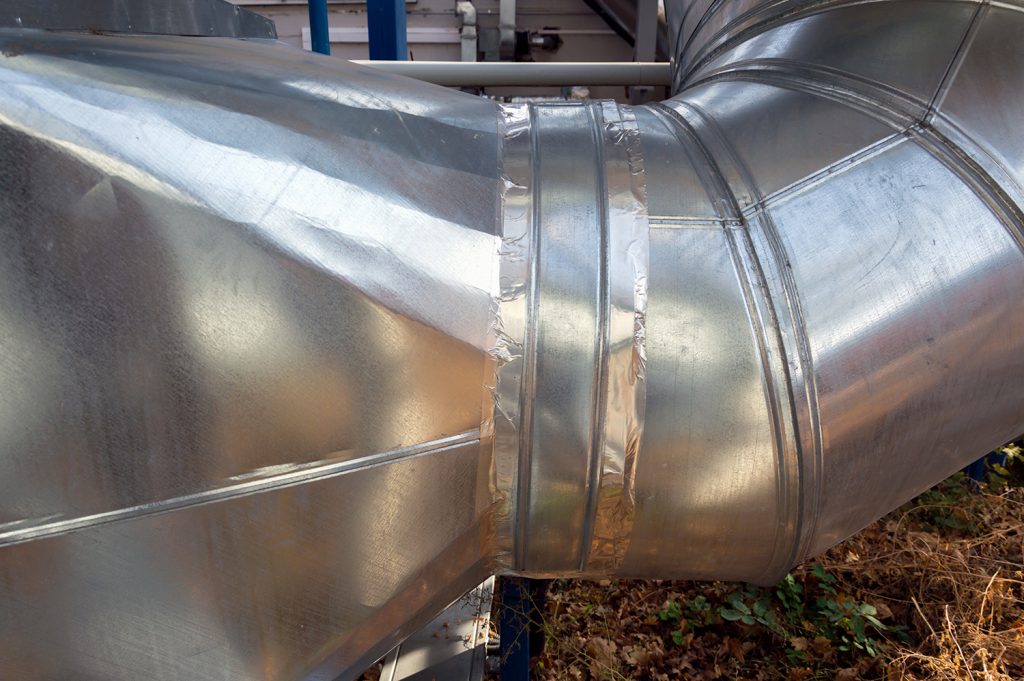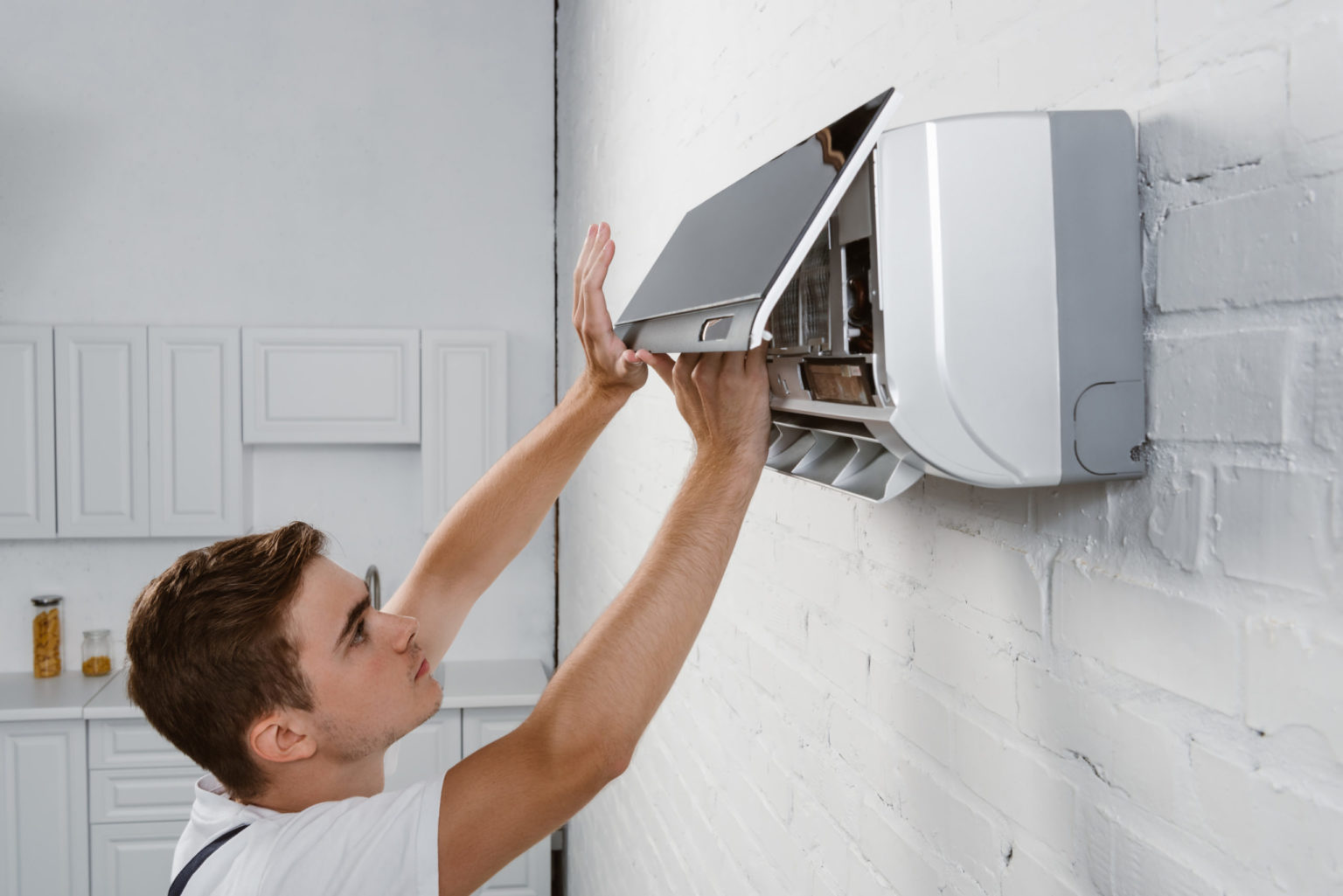If you are making your morning commute to work and you begin to notice that the car is acting weird, you probably begin to try and diagnose the issue. When you start to mentally troubleshoot the problem, you probably ask several questions and review the things that led up to the problem. The reality is that we all rely on our vehicles, and when something goes wrong, there are numerous things that need to be checked.
Similarly, when your HVAC system begins to malfunction, there are several things that you might check to troubleshoot the problem. There could be a problem with the wiring, system components, or other areas depending on the issue. If there is a problem with temperatures, there could be an issue with the airflow.
Just like you rely on your car, you depend on your HVAC to create comfortable temperatures in your home year-round. If you have an airflow issue, you could experience inconsistent temperatures, higher energy bills, and uncomfortable conditions. Airflow problems mean that something is preventing the air from your HVAC system from circulating efficiently. Dirty filters and leaky or dirty ductwork are among the common causes of restricted airflow in your home.
If you experience issues with the airflow in your home, there are a few areas that you can check out. Let’s take a closer look at the issues that could interfere with your HVAC airflow.
Dirty Air Filters

Changing the air filters around your home should be a part of your regular household maintenance. Because these air returns are usually tucked away or up in the ceiling, they can often be forgotten about. However, dirty air filters are a common cause of restricted airflow issues. Your air filter is an essential part of your HVAC system that catches and traps dust, dirt, pollen, allergens, and other airborne particles. The air filters around your home are your HVAC system’s first line of defense to stop dirt, dust, and debris from circulating your home. Just like closing the vents off stops air from coming out, a dirty air filter can cause weak airflow by preventing air from coming in. Clogged air filters can lead to less efficient systems and temperature inconsistencies. If you are experiencing symptoms of weak airflow, you should take a look at your air filters.
Ductwork Leaks

The ductwork that runs through your walls, floors, and ceilings is responsible for delivering warm or cool air throughout your house. Your entire HVAC system is dependent on a quality duct system. Over time, however, the duct material can begin to degrade or become damaged. Like most things, age will take a toll on your ducts. If your ductwork is damaged or has developed holes, cracks, loose joints, or separated seams, air could be leaking out instead of coming into your home. Damaged or leaky ducts can allow air to escape under your home or into the walls and decrease the amount of air circulating in your house. An HVAC technician can inspect your ductwork and offer solutions for repairing any leaks creating airflow issues.
Dirty Ductwork
Another common ductwork issue is dirty or clogged ducts. Like your air filters, clogged and dirty ducts can decrease airflow and cause temperature and efficiency issues. Just like damming up a river, accumulated debris in your ductwork can block air from flowing freely to your home. Over time, your ducts can collect several pounds of dirt, debris, pet hair, and other materials that could interfere with airflow. An HVAC professional can help restore optimal airflow by doing a thorough duct cleaning.
Insufficient airflow is a common HVAC issue that can cause uncomfortable temperatures and energy-efficiency problems. The best way to improve the amount of air in your home is with regular cleaning and HVAC maintenance. Regular maintenance can ensure that your system is running efficiently and that your ducts are leak-free.


